Accessibility will have a new face at the Olympic and Paralympic Village in Greater Paris.
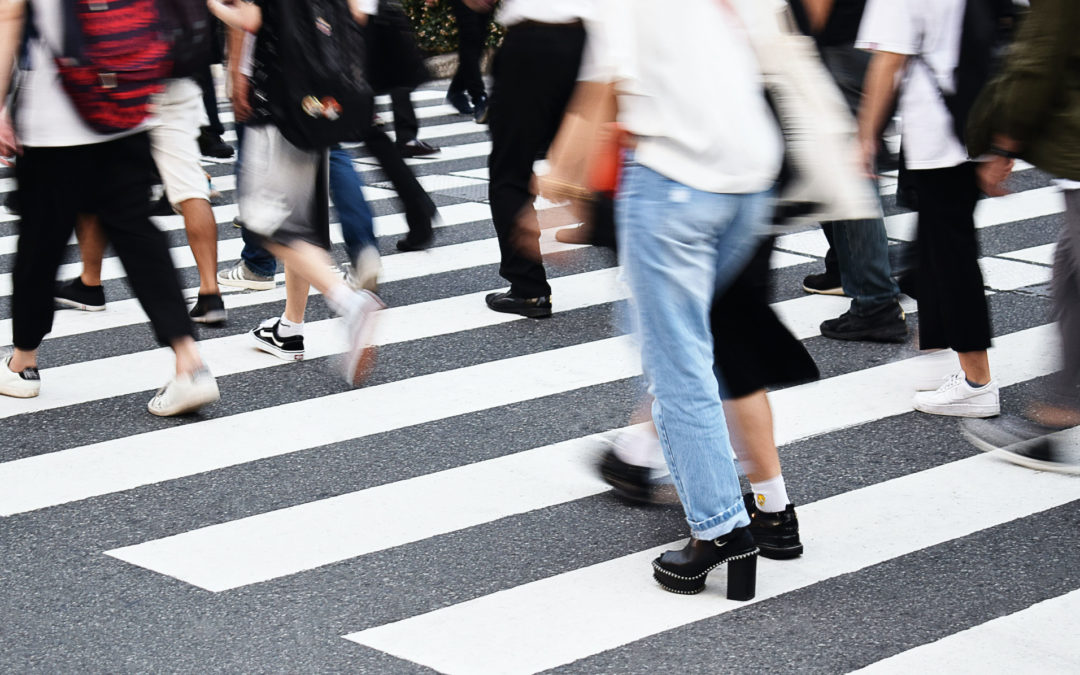
The Crosswalk: Thousands of Years of Evolution
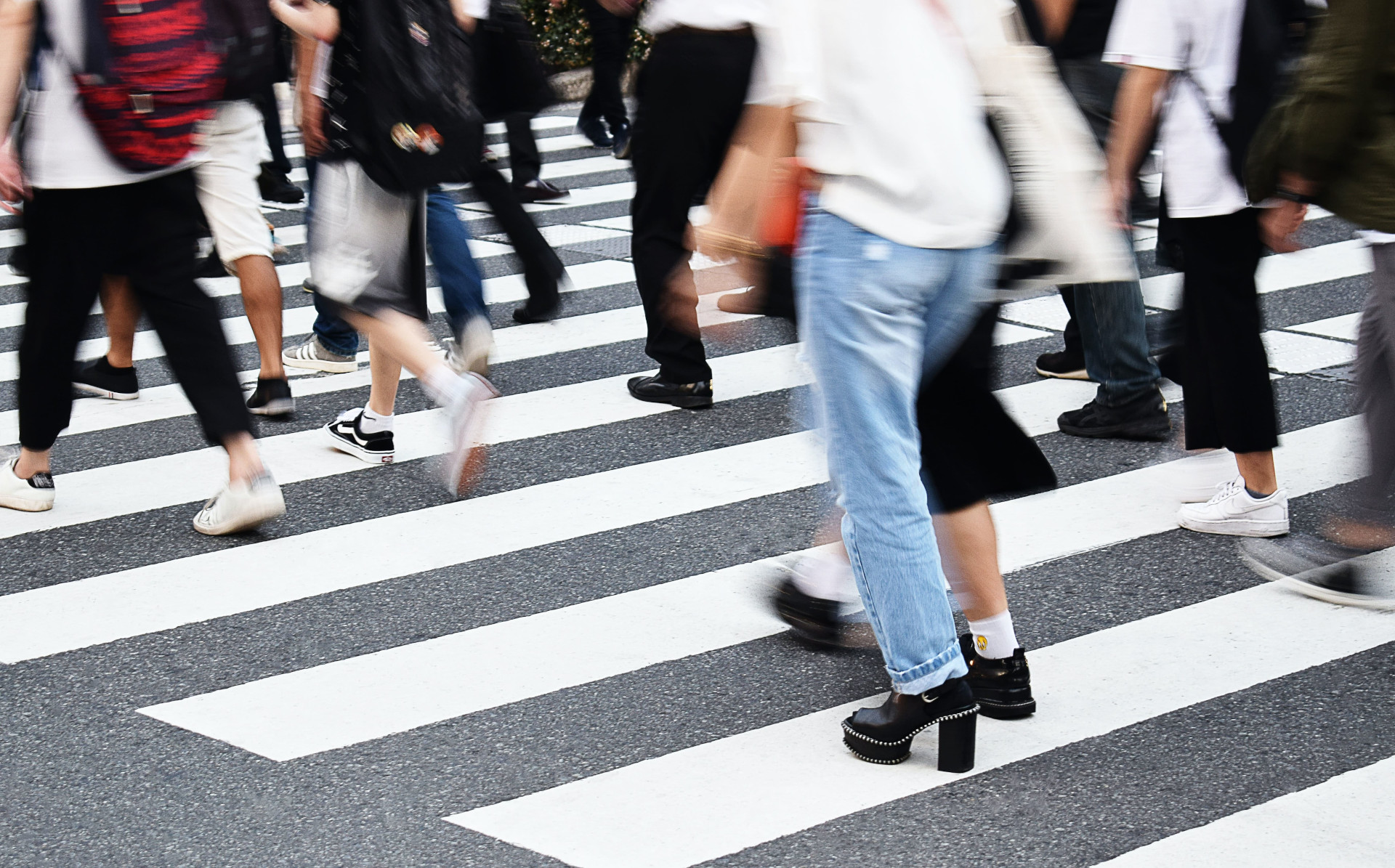
The Crosswalk: Thousands of Years of Evolution
Do you know how many crosswalks are located near your home or your workplace? Do you even pay attention to them? They help us cross the street and yet, they’re invisible to us.
But there’s more than meets the eye. Especially when we go back to Antiquity. At a time when the city of Pompeii was still a city, the first crosswalk emerged.
Impressed yet? Wait until you see how innovating the crosswalk can be nowadays. Here, we’ll focus solely on crosswalks at signalized intersections so let’s cross the road together for a time travel across the ages. You’ll never use a crosswalk the same way as before…
What is a crosswalk?
A crosswalk, also known as a pedestrian crossing in the UK, designates a place where pedestrians can cross the street or the road.
It can be paved or marked to indicate pedestrians have the right-of-way. This means vehicles stop to let them cross with safety.
What does it look like?
There’s a particularity for crosswalks in the United States: they may be marked with white stripes or not. It depends on the cities as there’s no specific regulation regarding this aspect.
The Manual on Uniform Traffic Control Devices (MUTCD) provides two main methods for marked crosswalks:
⊗ Two parallel white lines from one side of the road to the other. The width of the lines goes from 12 to 14 inches. A stop line across lanes going into the intersection to indicate vehicles where they have to stop.
⊗ Continental stripes that look like the zebra crossings in the UK: several bars across the crosswalk from 12 to 24 inches wide. The stripes are also 12 to 24 inches apart.
These marked crosswalks represent the common ones you may have encountered in the U.S. but what did they look like when they first emerged?
The birth of the first crosswalk
Let’s put a foot in history, a history that happened more than 2000 years ago in the ancient city of Pompeii, more precisely before the eruption of Mount Vesuvius in AD 79.
Now the ruins of Pompeii near Naples, Italy attract thousands of tourists every year who want to see what Roman life looked like. But they overlook the first ever crosswalk created.
It consisted of blocks raised on the road. Pedestrians could cross the street without having to walk onto the road itself. These blocks were implemented across the whole city enabling pedestrians to reach the streets from a sidewalk to the other. Thanks to the spaces between the blocks, horse-drawn carts could easily come and go.
1869: the failure of the first pedestrian crossing signal
Another introduction to the crosswalk appeared in December 1868 along with the first traffic lights at Parliament Square in London.
Railroad engineer John Peake Knight came up with an innovative idea to allow pedestrians to cross this busy part of the square: two mobile signs attached to semaphore arms that were manually lowered by a policeman. They could signal the amplified red and green coloured gas lights.
But in January 1869, the gaslight exploded, killing the policeman who manipulated the semaphore arms. The tragedy put an end at the development of crosswalks and traffic lights.
The 1930s: an attempt to provide more safety to pedestrians
In the 1930s, both the United States and the United Kingdom tried to control traffic and the safety of pedestrians. More and more cars were on the roads creating more and more accidents.
Both countries tested various designs but not one in particular stuck. For example, the UK used metal studs in the road and poles on the side. These metal studs marked the crosswalk for pedestrians who could easily spot them. But it wasn’t the case for drivers. They could only feel the raised studs once their car was on them. This means it was too late for them to slow down or stop.
1951: the zebra crossing becomes the norm across the world
The first zebra crossing was implemented in October 1951 in Slough, England. After experimenting with several designs, the black and white stripes proved to be efficient: they could be easily seen by drivers and pedestrians alike from afar. High contrasting colors such as black and white also help pedestrians with low vision find the crosswalk and align to cross.
Countries all over the world have chosen the zebra crossing. They may have different variations though. But they all agree the black and white stripes ensure the safety of pedestrians.
How can crosswalks evolve?
It’s not because black and white stripes have spread throughout the world that crosswalks can’t evolve. Especially when the safety of pedestrians is at stake.
Cities experiment with new technologies to secure crosswalks for all road users.
3D crosswalks
An optical illusion that makes it look like the painted crosswalk is raised. The goal of 3D crosswalks is to make motorists slow down when they spot them.
Different countries implement this creative solution: the UK, Germany, China, India and the U.S…
Crosswalk lighting
You may encounter different systems of lighting:
⊗ An embedded flashing-light system or an in-pavement flashing-light system: LED lights warn motorists that pedestrians are crossing the crosswalk. They start flashing thanks to a motion detection device. This means they’re activated as soon as a pedestrian walks up to the crosswalk.
⊗ Overhead crosswalk lights: streetlights mounted above the road so that at night time drivers can perfectly see the crosswalk. And most of all if a pedestrian is crossing. A uniform and bright light that provides better visibility and consequently, safety.
Countdown timers
A lot of countries use countdown timers for both pedestrians and motorists to know when the red signal for pedestrians will be on.
In the United States, countdown timers have been a mandatory feature since the MUTCD’s 2009 edition. But in France, they’re only beginning to be implemented.
Although this solution enables the safety of road users, for blind and visually impaired people countdown timers can’t help them cross the street. That’s why accessible pedestrian signals remain essential for their mobility.
The Ultimate Guide to Accessible Pedestrian Signals
From what we’ve seen, safety could be the key word to describe a crosswalk. As pedestrians, we all are vulnerable when we cross the street but we may not always be aware of it. With new technologies and new ways of conceiving roadways, pedestrian safety represents a commitment for many cities. How does your city fare about its crosswalks?
Want to know more about pedestrian safety? Check out these articles:
Vision Zero: a Revolutionary Approach to Road Safety
How to Make Shared Streets Truly Shared By All?
Blind and Visually Impaired Pedestrians: What Are Their Difficulties When Crossing the Street?
Smombies: the New Safety Challenge for Cities in the 21st Century
Published on September 23rd, 2022
© Unsplash
media
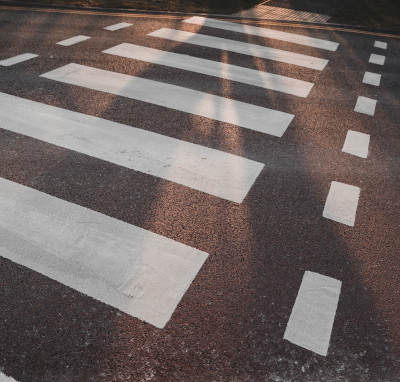
The first zebra crossing was implemented in October 1951 in Slough, England. After experimenting with several designs, the black and white stripes proved to be efficient: they could be easily seen by drivers and pedestrians alike from afar.
writer

Carole Martinez
Content Manager & Copywriter
stay updated
Get the latest news about accessibility and the Smart City.
other articles for you

Open Data Is Key to Fostering Universal Accessibility
Open data represents an opportunity for cities to reach universal accessibility. It shows the missing links of the mobility chain.
Our Audio Beacons Guide the Blind and Visually Impaired at the Helsinki Subway
The Helsinky subway improved their audio signage system by installing on demand and remotely activated audio beacons.
7 Good Reasons to Install Audio Beacons at Your Public Transport Network
Audio beacons are an efficient way to provide more autonomy to blind and visually impaired people. They can easily use public transport.

Will Remote Activation Become the Norm for Accessible Pedestrian Signals?
More and more cities like New York have been exploring remote activation to trigger accessible pedestrian signals.
share our article!
more articles

Disability Statistics in the US: Looking Beyond Figures for an Accessible and Inclusive Society
Disability Statistics in the US: Looking Beyond Figures for an Accessible and Inclusive Society Around 61 million adults in the United States live with a disability. Diving into disability statistics in the US will help us know exactly who is concerned and what...
Our Audio Beacons Guide the Blind and Visually Impaired at the Helsinki Subway
Our Audio Beacons Guide the Blind and Visually Impaired at the Helsinki SubwayOur audio beacons equip the new line of the Helsinki subway in Finland. They help blind and visually impaired people locate the points of interest of a station. For users with visual...

Will Remote Activation Become the Norm for Accessible Pedestrian Signals?
Will Remote Activation Become the Norm for Accessible Pedestrian Signals?Without pushbutton, there are no accessible pedestrian signals. That’s how APS work in the U.S. But more and more cities have been exploring remote activation like New York City. The Department...

Hearing Impaired People: a Multitude of Profiles for Different Needs
Hearing Impaired People: a Multitude of Profiles for Different Needs Did you know that hearing impaired people have several profiles and that the way they identify themselves is important? You may be familiar with deaf and hard of hearing people but for each of...
NEVER miss the latest news about the Smart City.
Sign up now for our newsletter.
Unsubscribe in one click. The information collected is confidential and kept safe.
powered by okeenea
The French leading company
on the accessibility market.
For more than 25 years, we have been developing architectural access solutions for buildings and streets. Everyday, we rethink today’s cities to transform them in smart cities accessible to everyone.
By creating solutions ever more tailored to the needs of people with disabilities, we push the limits, constantly improve the urban life and make the cities more enjoyable for the growing majority.



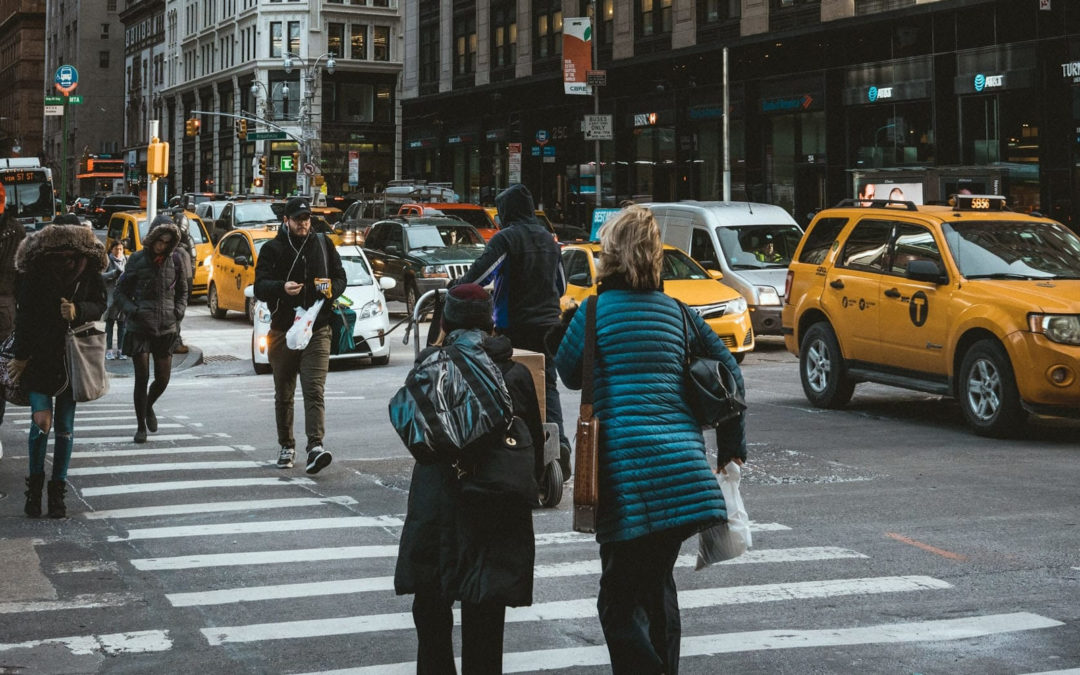
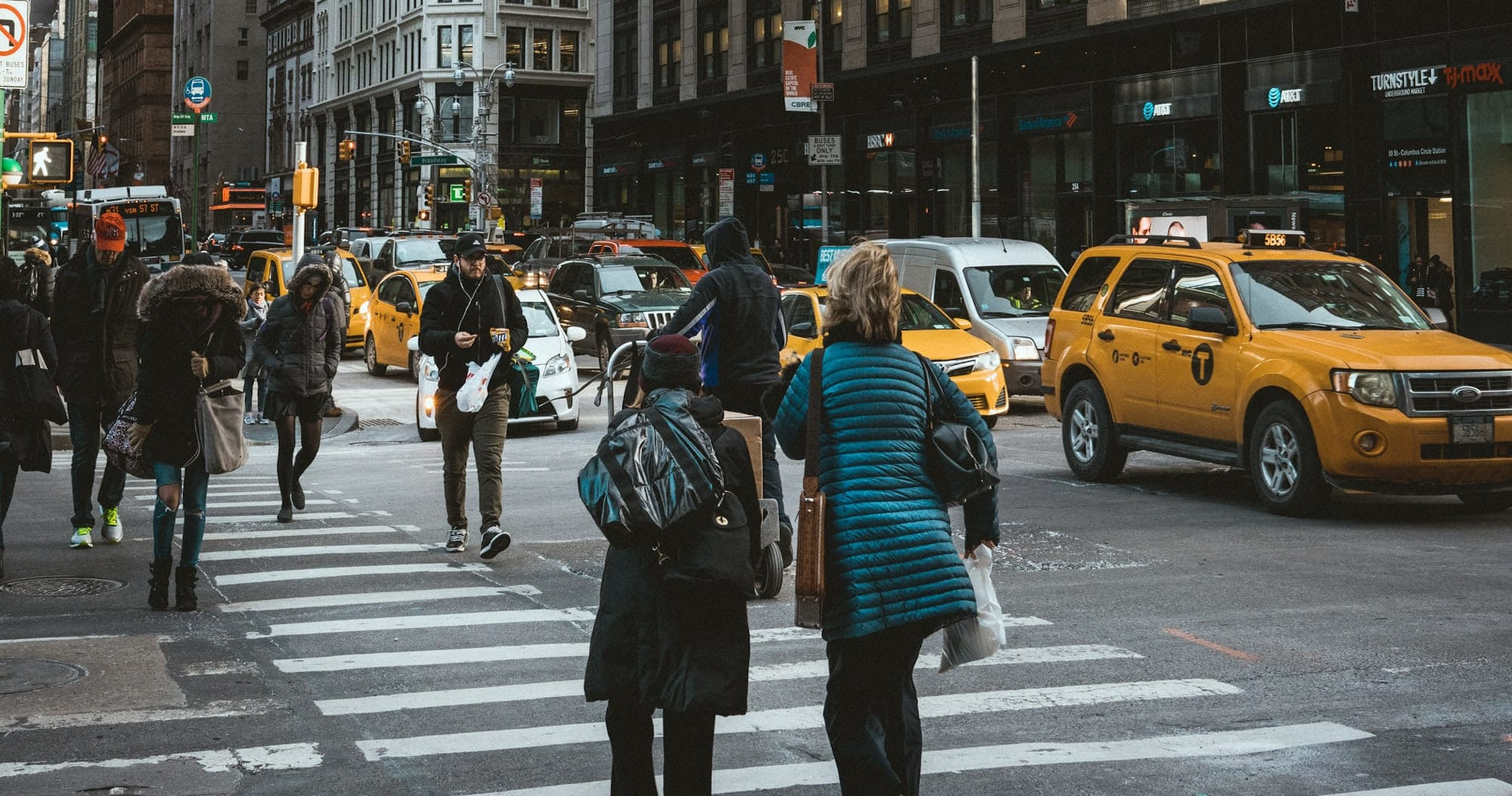
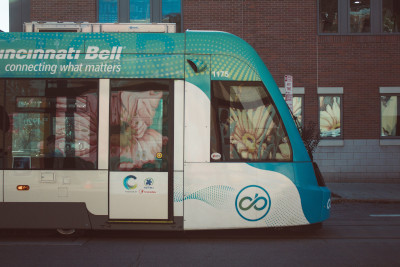

Recent Comments